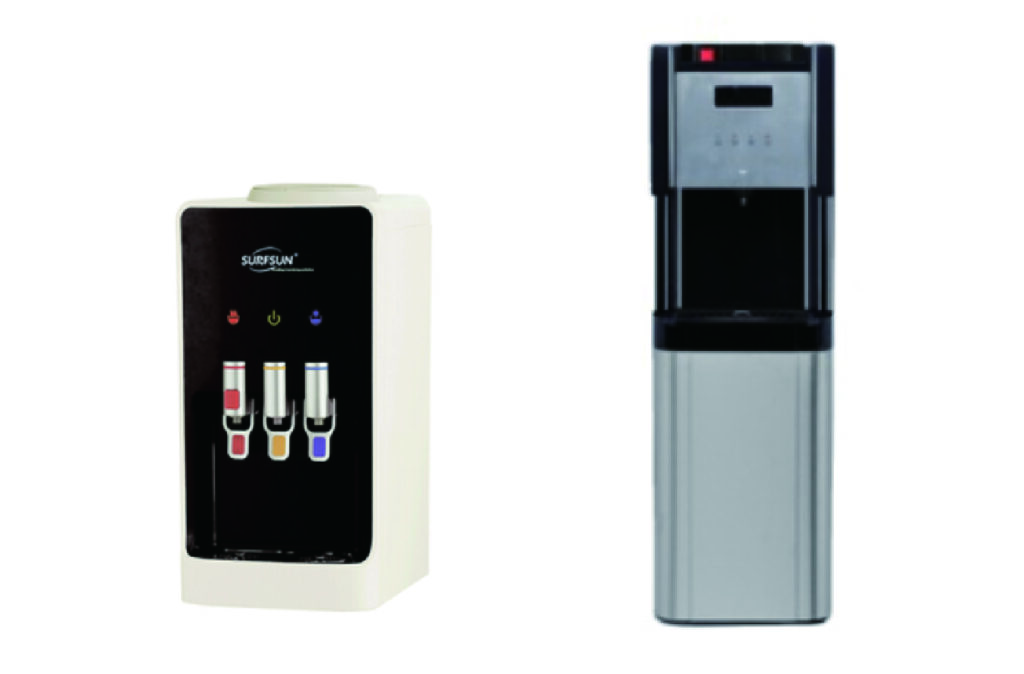Do You Know the History of Water Dispensers?
Nowadays, water dispenseres as a common thing exist in public. As a matter of fact, it sprang up in the 90 ‘s. moreover, in the field of small household appliances, the heat of the people’s living standards with the improvement of the quality of the year.
Water dispenser by definition is to solve people’s drinking water problems and the birth of household products. Because of the improvement of people’s drinking water quality and life taste, it has become fashionable by the Chinese love. The original water dispenser is a household product that people drink bottled water, divided into two categories, vertical and desktop. In order to meet the drinking habits of the Chinese people, the function of the water dispenser has realized the effect of heating and cooling, and the bottled pure water in this stage plays a key role in the birth and development of the water dispenser.
The Beginning
The water cooler as we know it was first invented in the early 1906 and is credited to two men – Halsey Willard Taylor and Luther Haws. Haws patented the first drinking faucet in 1911. It is believed that the main reason behind the invention was to not only chill but to provide purified water. Contaminated drinking water caused typhoid fever in Haws’ father who died as a result. Therefore Haws decided to invent something which would provide safer drinking water.
Water coolers have evolved along with the times and today are compact, light, energy efficient and come in a variety of models, colour and styles to suit most places. Today, many water coolers or dispensers include a heating element to provide hot water along with chilled water. These dispensers must also adhere to strict regulations, meeting health, sanitation and environmental standards.
The First Water Dispenser
Early iterations of drinking fountains supplied water at room temperature, which made it a perfect breeding ground for bacteria. The solution was a water cooler, a dispenser that would chill water, thereby eliminating micro-organisms that could not result in disease.
Halsey Willard Taylor’s and Luther Haws’ water coolers made use of ice sourced from rivers to chill water, which also presented a problem as this open source could also have surface water. Haws would go on to patent the water faucet in 1911, and by 1938 water coolers began to make use of electricity and new laws made it possible for water to be treated more effectively, thereby reducing typhoid infections drastically.

